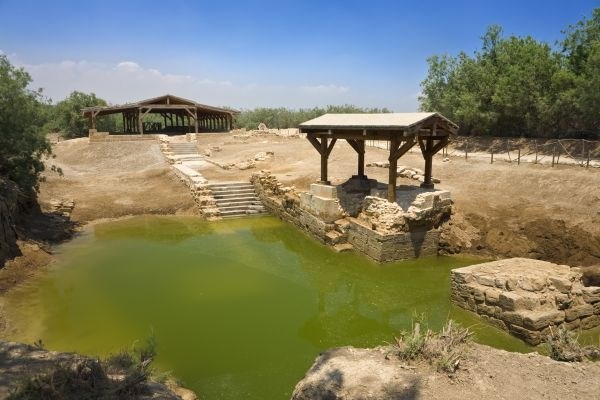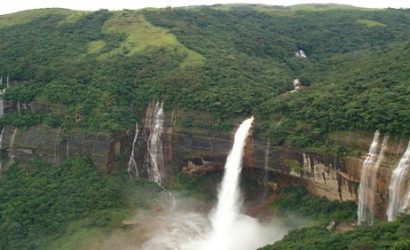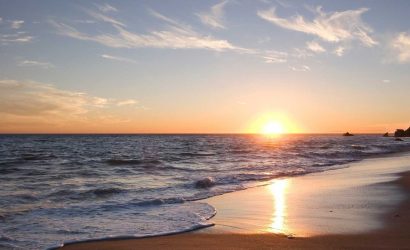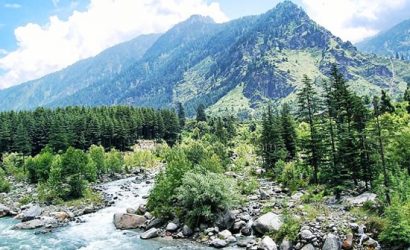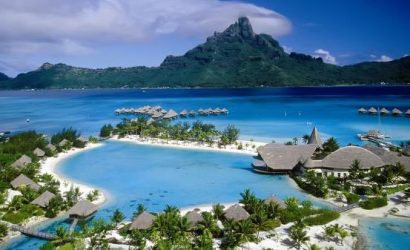08 days/ 07 nights
Price : On Request
Itinerary
Day 1 :
Amman Airport – Amman
Meet & assist at Amman Airport
Transfer to Amman (43 km)
Overnight at Amman hotel
Day 2 :
Amman –Desert Castles– Amman City Tour – Amman
Breakfast at hotel
Transfer to Desert Castles (210 km) - beautiful examples of both early Islamic art and architecture, stand testament to a fascinating era in the country's rich history. Their fine mosaics, frescoes, stone and stucco carvings and illustrations, inspired by the best in Persian and Greco - Roman traditions, tell countless stories of the life as it was during the eighth century. Called castles because of their imposing stature, the desert complexes actually served various purposes as caravan stations, agriculture and trade centers, resort pavilions and outposts that helped distant rulers forge ties with local Bedouins
Back to Amman (105 km) – City Tour – a sprawling city spread over 19 hills, or "jebels,"
Amman is the modern - as well as the ancient - capital of the Hashemite Kingdom of Jordan. Known as Rabbath-Ammon during the Iron Age and later as Philadelphia, the ancient city that was once part of the Decapolis league, now boasts a population of around 2.3 million people. Amman and its surrounding regions are referred to in the Bible as Ammon, or the Ammonite Kingdom, and were famous for its springs and citadel.
Overnight at Amman hotel.
Day 3 :
Amman – Umm Qays– Ajloun– Jerash– Amman
Breakfast at hotel
Transfer to Umm Qays (100 km) - Gadara (now Umm Qays) was once one of the Decapolis cities. Perched on a splendid hilltop overlooking the Jordan Valley and the Sea of Galilee, Umm Qays boasts impressive ancient remains, such as the stunning black basalt theatre, the basilica and adjacent courtyard strewn with nicely carved black sarcophagi, the colonnaded main street and a side street lined with shops, an underground mausoleum, two baths, a Nymphaeum, a city gate and the faint outlines of what was a massive hippodrome
Continue to Ajloun (60 km) - Ajloun Castle (also known as Qal'at [Castle] ar-Rabad) was built in 1184 by 'Izz ad-Din Usama bin Munqidh, a general of Saladin, who defeated the Crusaders in 1187. From its hilltop position, Ajloun Castle protected the communication routes between south Jordan and Syria, and was one of a chain of forts, which lit be acons at night to pass signals from the Euphrates as far as Cairo.
Proceed to Jerash (22 km) - The city's golden age came under Roman rule, during which time it was known as Gerasa, and the site is now generally acknowledged to be one of the best preserved Roman provincial towns in the world. Hidden for centuries in sand before being excavated and restored over the past 70 years, Jerash reveals a fine example of the grand, formal provincial Roman urbanism that is found throughout the Middle East.
Back to Amman (48 km )
Overnight at Amman hotel.
Day 4 :
Amman – Madaba– Mt. Nebo– Kerak – Petra
Breakfast at hotel
Transfer to Madaba (32 km) –between the 4th and 7th centuries AD, the prosperous ecclesiastical centre of Madaba produced one of the world’s finest collections of Byzantine mosaics, many fine examples of which are well preserved. Madaba’s real masterpiece, in the Orthodox Church of Saint George, is the 6th century AD mosaic map of Jerusalem and the Holy Land – the earliest religious map of the Holy Land in any form to survive from antiquity.
Continue to Mt. Nebo (15 km) - from Mount Nebo’s windswept promontory, Moses viewed the Holy Land of Canaan that he would never enter. He died and was buried in Moab, "in the valley opposite Beth-peor". Mount Nebo became a place of pilgrimage for early Christians from Jerusalem and a small church was built there in the 4th century to commemorate the end of Moses' life. The church was subsequently expanded in the 5th and 6th centuries into the present-day large basilica with its stunning collection of Byzantine mosaics.
Proceed to Kerak (86 km) - the castle in itself is all the more impressive as an example of the Crusaders' architectural military genius. Karak's most famous occupant was Reynald de Chatillon. Reynald was taken prisoner and beheaded by Saladin himself, marking the beginning of the decline in Crusader fortunes. The castle was enlarged with a new west wing added by the Ayyubids and Mameluks.uares and plazas, baths, fountains and city walls pierced by towers and gates. Arrival to Petra (137 km)
Overnight at Petra hotel
Day 5 :
Petra visit – Wadi Rum
Breakfast at hotel
Transfer to Petra site for full day visit - The giant red mountains and vast mausoleums of a departed race have nothing in common with modern civilization, and ask nothing of it except to be appreciated at their true value - as one of the greatest wonders ever wrought by Nature and Man although much has been written about Petra, nothing really prepares you for this amazing place.
It has to be seen to be believed. Petra the world wonder is without doubt Jordan’s most valuable treasure and greatest tourist attraction. It is a vast, unique city, carved into the sheer rock face by the Nabataeans, an industrious Arab people who settled here more than 2000 years ago, turning it into an important junction for the silk, spice and other trade routes that linked China, India and southern Arabia with Egypt, Syria, Greece and Rome.
Proceed to Wadi Rum ( 113 km)
Dinner & Overnight at Wadi Rum Camp
Day 6 :
Wadi Rum – Aqaba
Breakfast in a Camp
4x4 Jeep Tour in Wadi Rum for 2 hours - this is a stupendous, timeless place, virtually untouched by humanity and its destructive forces. Here, it is the weather and winds that have carved the imposing, towering skyscrapers, so elegantly described by T.E. Lawrence as “vast, echoing and god-like”...
Transfer to Aqaba (70 km) - the seaside resort provides the perfect location for rest and relaxation on the shores of the Red Sea. In addition, it offers first-class scuba diving and snorkeling with some of the most beautiful and best preserved coral reef in the world. The visitor can also participate in swimming, sailing, windsurfing, waterskiing, or enjoy views of the active marine life on a ride in a glass-bottomed boat.
Overnight at Aqaba hotel
Day 7 :
Aqaba – Dead Sea
Breakfast at hotel
12:00 Transfer to Dead Sea (291 km) - the lowest point on the face of the earth, over 400 meters (1,312 ft.) below sea level. The leading attraction at the Dead Sea is the warm, soothing, super salty water itself – some ten times saltier than sea water, and rich in chloride salts of magnesium, sodium, potassium, bromine and several others. The unusually warm, incredibly buoyant and mineral-rich waters have attracted visitors since ancient times, including King Herod the Great and the beautiful Egyptian Queen, Cleopatra.
Overnight at Dead Sea hotel
Day 8 :
Dead Sea – Amman Airport
Breakfast at hotel
Transfer to Amman Airport for departure (80 km)

